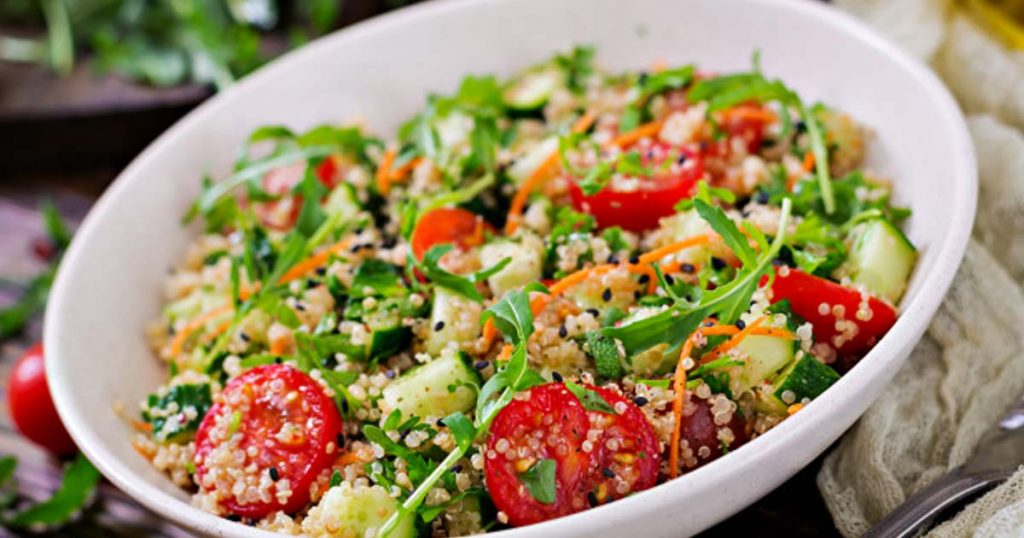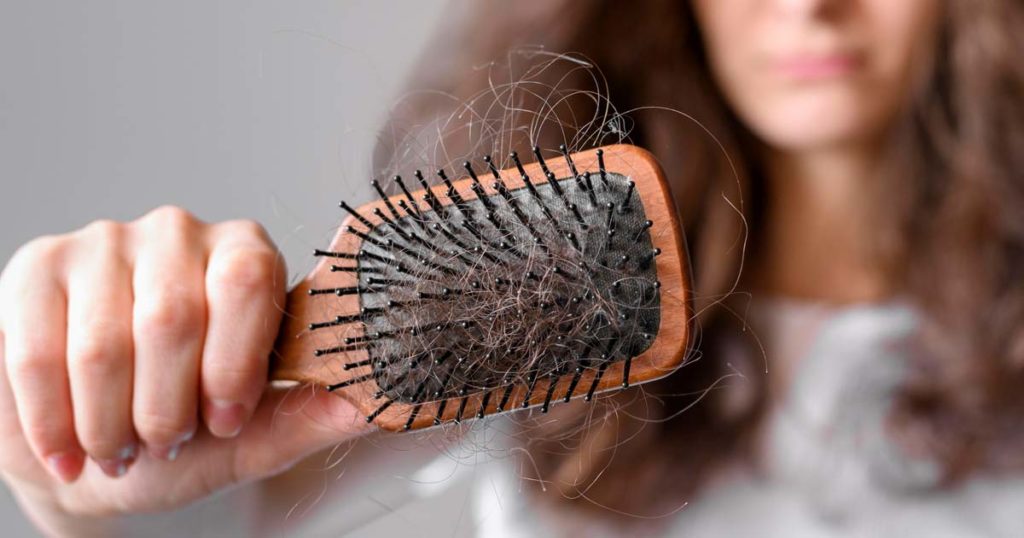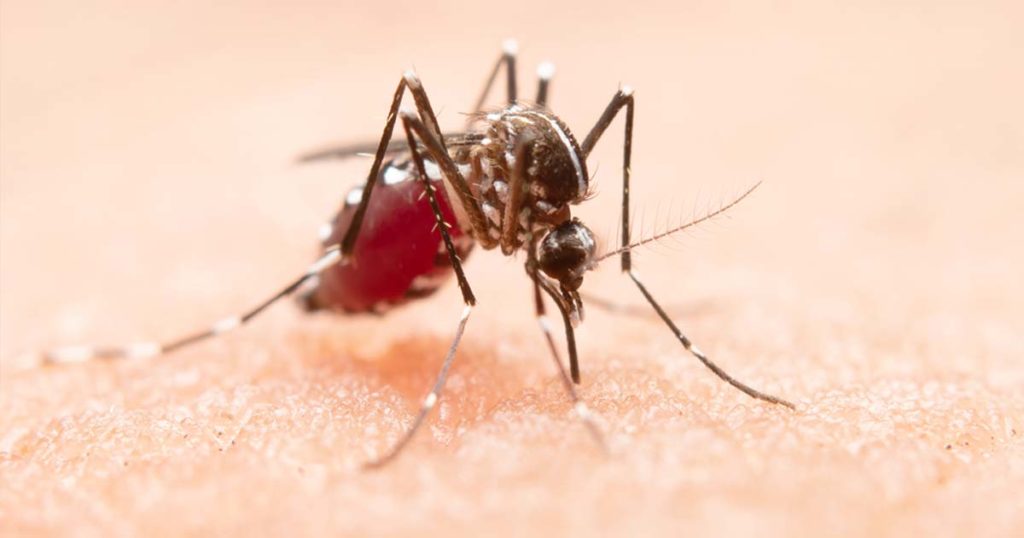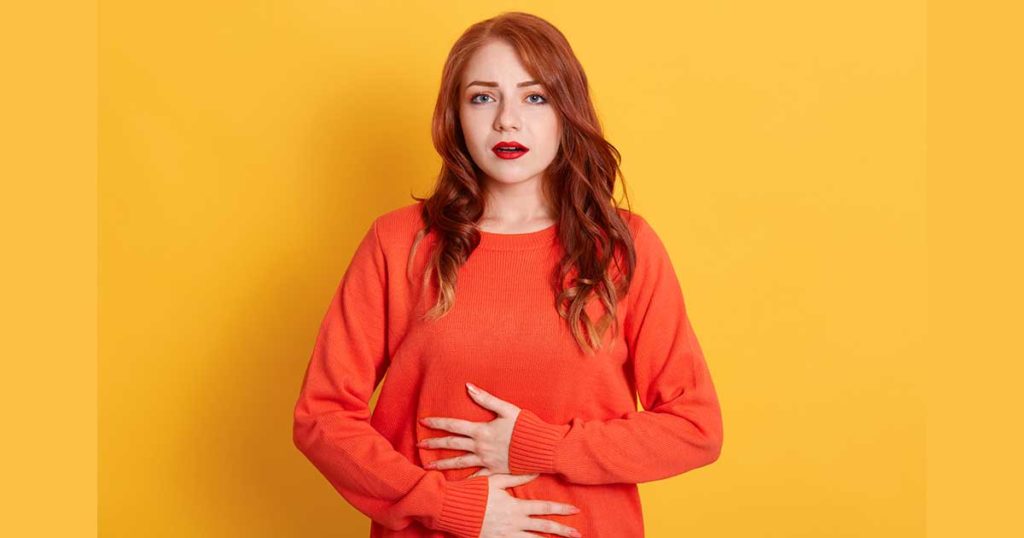Clean eating is not a new phenomenon, just ask your ancestors.
Ahhhh 2013…we remember you fondly. We remember the food we ate fondly: sliders, fried chicken, BBQ wings, doughnuts, and, of course, the cronut. We feasted and we rejoiced on the latest delicious food trend. But then came the new year and with it, the resolutions to eat healthier, fresher and cleaner. But what exactly is ‘clean eating’ and how do you do it properly?
In a nutshell, clean eating is consuming food in its most natural state, or as close to it as possible. This means no processed foods, sugars, or chemicals. Foods that have been altered in any way should be avoided and, ideally, the majority of what you eat should be from a plant.
Unlike a diet, where people often replace most of their food with chemically altered or laden low fat, pre-packaged and processed ‘fat-free’ or ‘low carb’ options, clean eating is a lifestyle, not a fad or a new trend, in fact, our ancestor’s diet looked very similar.
Former Cosmopolitan editor and MasterChef Australia host, Sarah Wilson, quit sugar in January 2011, in an attempt to combat Hashimotos, an autoimmune disease that attacks the thyroid. At the time Wilson committed to a fortnight off sugar and wrote a column about her experience. Feeling an immediate effect, Wilson continued her sugar ban, regularly blogged about it, and later created an eight-week program and series of cookbooks.
But clean eating is not only for the celebrity set.
Suffering from crippling Chronic Fatigue Syndrome and a system full of toxicity, Amy Crawford left the corporate world on a quest for good health. Needing a complete health makeover, Crawford removed all processed foods, sugar, chemicals, gluten, caffeine, and alcohol from her diet, and replaced them with a wholefood diet laden with fresh vegetables, whole grains, and good saturated fats. Crawford also blogged about her experience and continues the lifestyle change which she refers to as her “path to wellness.”
“The process of clean eating is about simplifying your diet; it’s about buying whole foods, as nature intended them,” says Crawford. “Whole foods don’t come with numbers on the back of a packet that we don’t understand; they don’t come with hidden additives, chemicals, and low nutrient value as a result of over-processing. What you put on the end of your fork every day is the most significant decision you will make for your health,” she says.
If you think clean eating might be for you, here’s how to improve your health, one meal at a time.
- Eat five to six times a day ideally made up of three meals and two snacks;
- Include lean protein, fresh fruit and vegetables, and complex carbohydrate from whole grains;
- Drink two liters of water a day;
- Get label-smart. Clean foods contain just one or two ingredients; any product with a lengthy ingredient list is man-made (and therefore a no-no);
- Avoid processed and refined foods (no white flour, sugar, bread or pasta), trans fats, fried foods, and anything high in sugar;
- Consume humanely raised and local meats;
- Where possible, eat organic.






